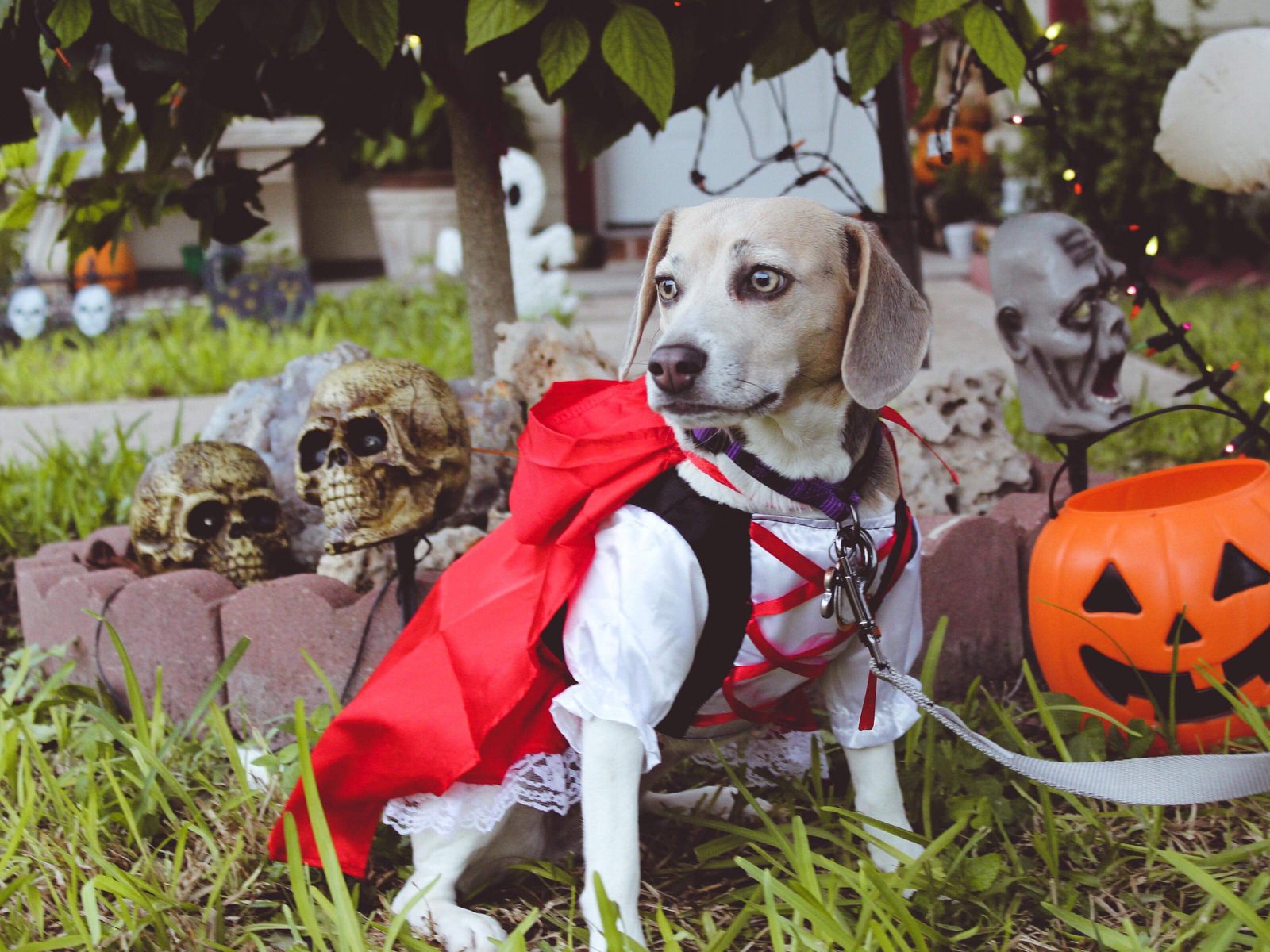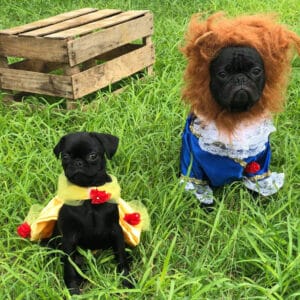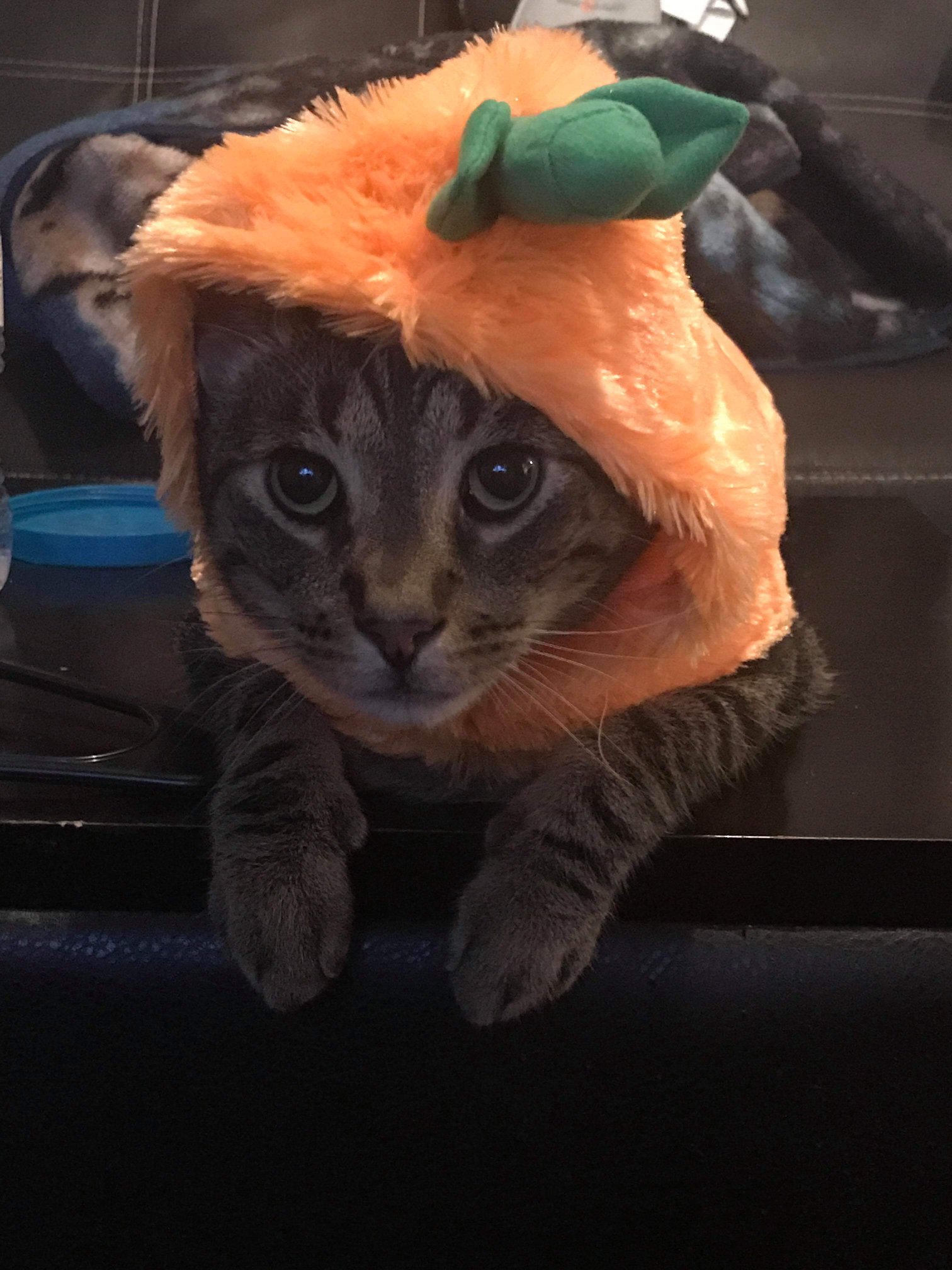

MAKE TRICK-OR-TREATING SAFER DURING COVID-19
Traditional Halloween activities are fun, but some can increase the risk of getting or spreading Covid-19 or influenza. Plan alternate ways to participate in Halloween and remember for Cameron County, Judge Eddie Trevino issued an order last October 16th, 2020 that “No door to door trick or treating will be allowed”. For more information visit the Cameron County Office
Pet costumes can be fun—if you consider them from your pet’s point of view
Halloween can be the spookiest night of the year, but keeping your pets safe doesn’t have to be tricky. Brownsville Spay Neuter recommends taking these simple, common-sense precautions to keep your pet happy and healthy all the way to November 2.
 Halloween hype causes pet stress
Halloween hype causes pet stress
“A dog’s natural instinct is to protect their home or to alert you that a stranger has arrived,” reminds Amy Nichols, Vice President of Companion Animals and Equine Protection at the Humane Society of the United States. “And cats typically prefer a quiet environment with their family. Trick-or-treaters continually knocking on the door or ringing the bell can be very stressful to both dogs and cats.”
Halloween candy—a treat for you, a trick for your pet(s)
The candy bowl is for trick-or-treaters, not Scruffy or Fluffy. Several popular Halloween treats are toxic to pets. Chocolate in all forms—especially dark or baking chocolate—can be very dangerous for cats and dogs.
Keep your pets away from dangerous Halloween decorations
While a carved jack-o-lantern certainly is festive, pets can easily knock over a lit pumpkin and start a fire. Curious kittens are especially at risk of getting burned or singed by candle flame. Popular Halloween plants such as pumpkins and decorative corn are considered relatively nontoxic, but can produce stomach discomfort in pets who nibble on them.
Be careful with pet Halloween costumes
For some pets, wearing a costume may cause undue stress. The ASPCA recommends that you don’t put your dog or cat in a costume unless you know he or she loves it. If you do dress up your pet for Halloween, make sure the costume does not limit his or her movement, sight or ability to breathe, bark or meow.



